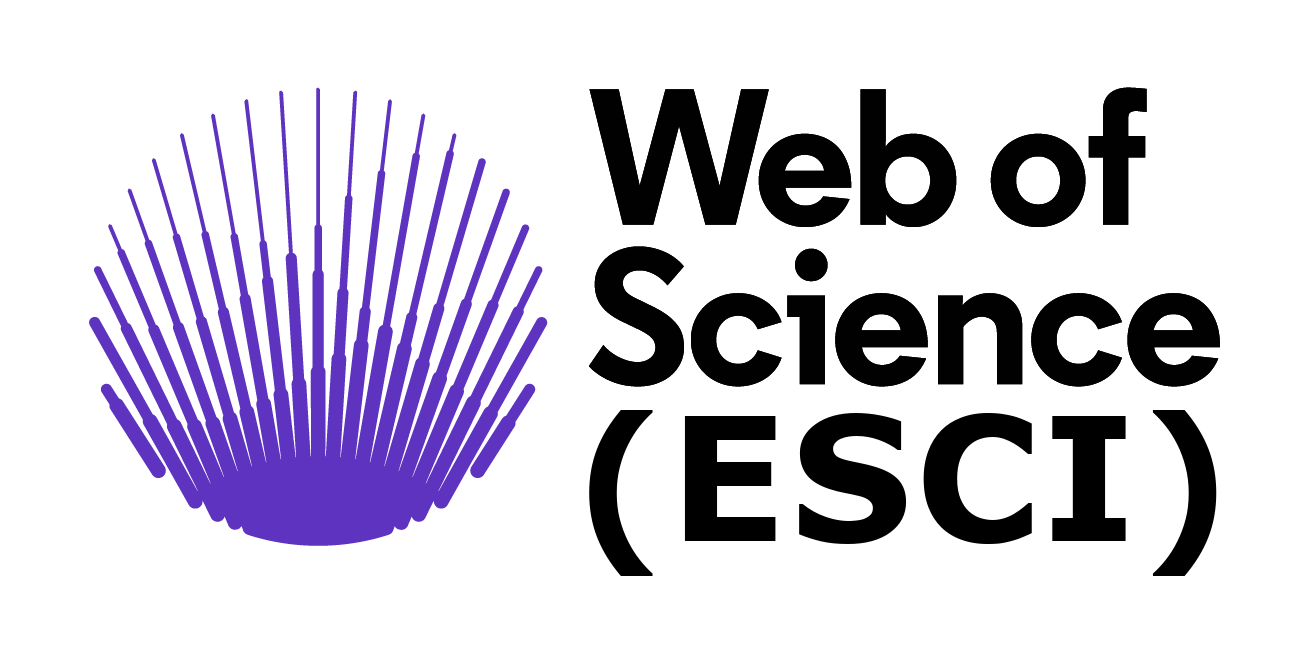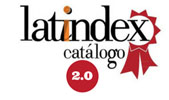Diseño experimental de una solución polimérica para mejorar la relación de movilidad de los fluidos en un yacimiento previo a la implementación de un proyecto piloto de recuperación mejorada de petróleo
DOI:
https://doi.org/10.29019/enfoqueute.v7n4.119Palabras clave:
Inyección de Polímeros, Recuperación Mejorada de Petróleo, Relación de Movilidad, Ensayos de LaboratorioResumen
Este paper describe los trabajos realizados para formular experimentalmente soluciones poliméricas con el objetivo de determinar la concentración óptima para controlar la movilidad de los fluidos en un yacimiento previo a la implementación de un proyecto piloto de recuperación mejorada de petróleo. Los polímeros, en primer lugar, fueron seleccionados en base a las propiedades de fluidos obtenidos de un reservorio. La denominación de los polímeros fueron TCC-330 y EOR909 y las pruebas experimentales que se realizaron fueron: estabilidad térmica, compatibilidad, adsorción, salinidad, y desplazamiento. El diseño que mejores resultados mostró fue el del polímero TCC-330 a una concentración de 1.500 ppm.
Descargas
Referencias
Aktas, F., Clemens, L., Castanier, L., & Kovscek, A. (2008). Viscous oil displacement with aqueous associative polymers. SPE 113264, 2-5.
API. (1990). NORMA API RP-63 "Recommended Practices for Evaluation of Polymers used in Enhanced Oil Recovery Operations". Washington.
Barnes, A. L. (1962, octubre). The use of a Viscous Shug to impove Waterflood Efficiency. SPE 334-PA, 14(10), 1147-1153.
Buchgraber, M. (2008). Determination of the reservoir behaviour of associative polymers at various polymer concentrations. Tesis de Maestría, Universidad de Leoben, Austria.
Carcoana, A. (1992). Applied enhanced oil recovery. Prentice Hall, New Jersey.
Chinenye, C. (2010). Enhanced Oil Recovery for norme field's segment using surfactant flooding. Tesis de Maestría, NTNU Norwegian University of Science and Technology, Departamento de Ingeniería de Petróleos y aplicaciuones geofísicas, Spring.
Cuenca, V., & Cóndor, J. (2016). Diseño experimental de una solución de polímero para mejorar la relación de movilidad en el yacimiento x (Tesis). Quito: UCE-FIGEMPA. Retrieved from www.dspace.uce.edu.ec
Demin, W., Zhang, Z., Chun, L., Cheg, J., Du, X., & Li, Q. (28-31 de 10 de 1996). A pilot for Polymer flooding of saertu formation S II in the North of Daqing Oil Field. En S. A. 37009 (Ed.), Pacific Oil and Gas Conference, (pág. 11). Adelaide - Australia.
Lake, L. W. (1989). Enhanced Oil Recovery (Vol. 35). New Jersey, USA: Pretencie - Hall.
Pancharoen, M. (2009). Physical Properties of AssociativePolymer Solutions. Master of Science, Stanford University, Departamnet of Energy Resources Engineering, Oklahoma.
Qmax Solutions S.A. (2015). Informe Hojas Técnicas de Polímeros 2015. Informe de parámetros técnicos de polimeros 2015 para EOR, Laboratorio Qmax Solutions S.A., Quito.
Salager, J.-L. (2005). Recuperación Mejorada del Petróleo. Mérida-Venezuela: Universidad de los Andes.
Sánchez Barrios, L. (2013, marzo 31). tecnicasderecuperacionmejorada.blogspot.com. Retrieved diciembre 06, 2015, from http://tecnicasderecuperacionmejorada.blogspot.com/
Stosur, G. J., Hite, J. R., Carnahan, N. F., & Miller, K. (2003). The Alphabet Soup of IOR, EOR and AOR: Effective Communication Requires a Definition of Terms. SPE paper 84908, 1-3.
Xu, H., Kim, D. H., & Delshad, M. (2012, diciembre). Potential for Non-thermal Cost-effective Chemical Augmented Waterflood for Producing Viscous Oils. SPE -165350-MS, 1-3.
Publicado
Número
Sección
Licencia
Los autores retienen todos sus derechos (© copyright).
- Los autores retienen sus derechos de marca y patente, y también sobre cualquier proceso o procedimiento descrito en el artículo.
- Los autores retienen el derecho de compartir, copiar, distribuir, ejecutar y comunicar públicamente el artículo publicado en Enfoque UTE (por ejemplo, colocarlo en un repositorio institucional o publicarlo en un libro), siempre que se dé el reconocimiento de su publicación inicial en la revista Enfoque UTE.
- Los autores retienen el derecho a hacer una posterior publicación de su trabajo, de utilizar el artículo o cualquier parte de aquel (por ejemplo: una compilación de sus trabajos, notas para conferencias, tesis, o para un libro), siempre que indiquen la fuente de publicación (autores del trabajo, revista, volumen, número y fecha).
























